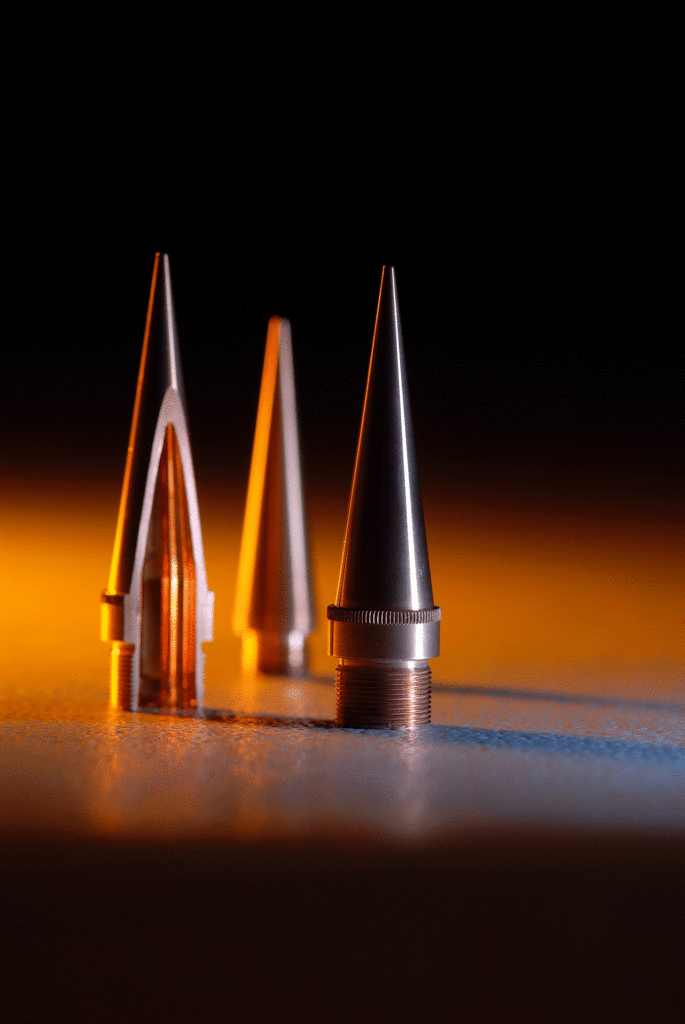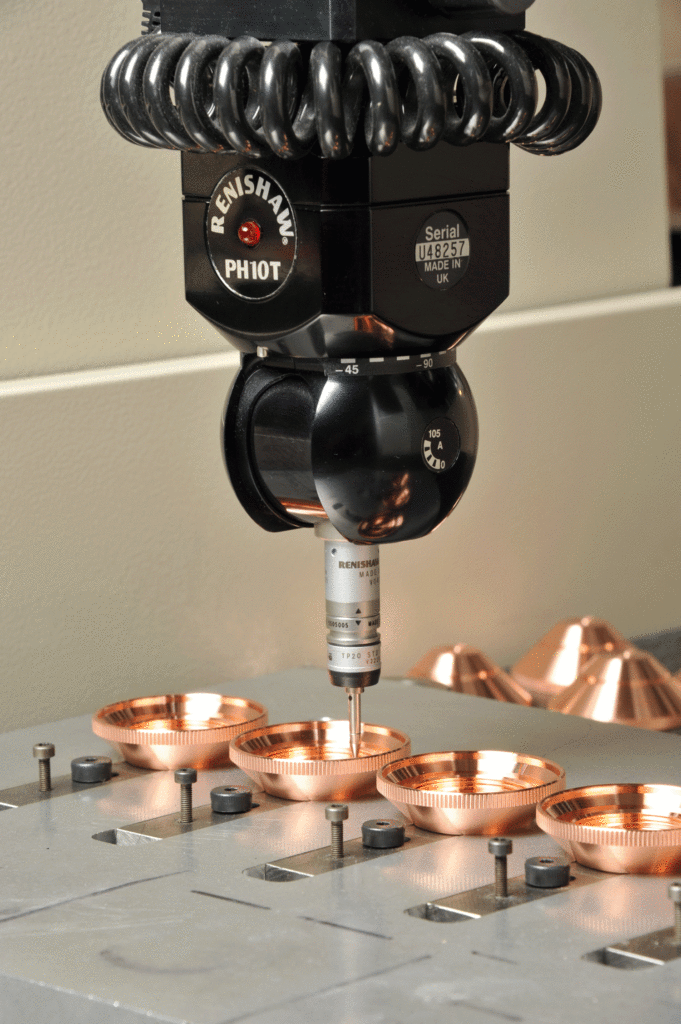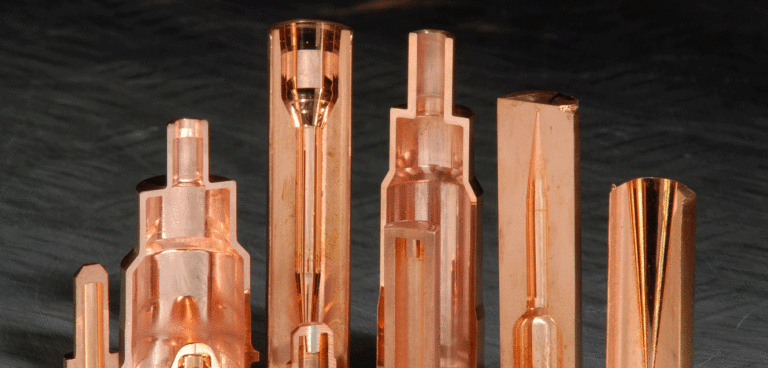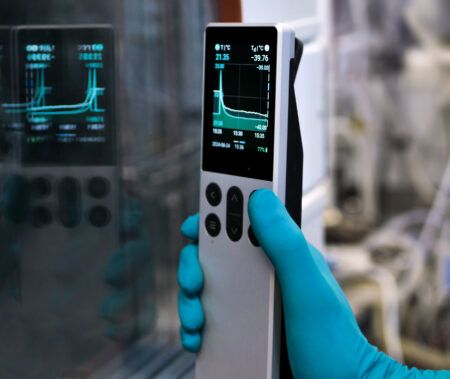Mark Jennings, engineering director at Dawson Shanahan, explores the potential of cold forming in electric vehicle powertrain component manufacture
In the quest to make electric vehicles more competitive, every enhancement, even of the smallest components, can be valuable. Items such as power connectors (for use within the powertrain and in charging units) are a case in point. So, too, are the powertrain’s bearings. For increased efficiency of performance, more cost-effective manufacturing and greater durability, the advantages of cold forming should be considered. This is hardly a new solution, but manufacturers with experience of the technology believe it can add unique qualities to the products it creates.
The expense of owning an electric vehicle, relative to a conventional car, is coming down, but there is scope for further efficiencies. Expansion in the scale of EV production has helped greatly, along with incentives such as the UK’s plug-in car grants and exemption from Vehicle Excise Duty for those with zero tailpipe emissions. SMMT figures show that new registrations of pure electric vehicles in the UK rose to 15,474 in 2018, an increase of 13.8% on the previous year. Meanwhile, plug-in hybrids were up 24.9% to 44,437. Together, these cars now make up 2.6% of the new car market. The challenge for design engineers though is to make them more attractive, through lower costs and improved capabilities.
Higher efficiency and durability
An obvious aim is to make electric vehicles more efficient, as well as lighter, so the battery can deliver more miles between charges. All aspects of the power transmission chain have come under scrutiny, with resulting advances and knock-on challenges. For example, motors now operate more efficiently and with higher power density by running at extremely high speeds. Under such stress, reduced friction in the bearings is essential not only to minimize energy losses but to prevent rapid wear. Cold forming offers an answer, as it can add robustness to the bearings and enable the design of an internal geometry which is optimized for low friction.
A variety of different designs have been developed for power connectors in charging units and elsewhere. For maximum effect with minimum power loss, these need to be shaped very precisely to the designer’s specifications. As with the bearings, weight, durability and manufacturing costs also need to be considered. Cold-formed connectors can offer a solution to these requirements.
Better quality and contour definition
Cold forming is a technique in which metals are forged at near-room temperature by forcing them at high speed, under high pressure, into dies. It can be used, for example, on aluminum, copper and ferrous metals. For high-power connectors, oxygen-free, highly conductive materials are chosen to avoid power losses.
Components produced in this way are characterized by extremely fine surface finishes, both internally and externally, which often require no further machining or polishing. They also show precise definition, enabling consistent replication of complex internal and external contours. There are fewer limits in terms of the shape, size and complexity of cold-formed components. Their dimensional accuracy enables tolerances to be set as closely as ±5μm.
Greater mechanical strength
By plasticizing metals along their grain boundaries, instead of cutting across them, cold forming can enhance the quality of resulting products. With minimal levels of stress deformation and high levels of mechanical integrity, the strength, performance and reliability can be improved. Greater durability and machinability can result from work hardening during the cold forming process. This reforms the metal’s structure in a way that prevents further dislocations, so the final component is stronger still.
The additional strength gained by work hardening can be compared to the effect of heat-treating metals, although with cold forming the process is faster and more efficient. It opens up the possibility of saving money on materials and processes by choosing a less expensive, weaker metal and adding strength to it. This can be an attractive option where a high-precision finish is needed.
There are also cost advantages to cold forming – components produced using the technology can cut waste by generating up to 80% less scrap than other machining processes.
Because it takes place at ambient temperatures, cold forming is also faster than many competing methods. Parts can be made to order, very quickly, so lead times are reduced and there is no need for large volumes to be stored on-site. Additional time and cost savings come from reduction of the requirement for secondary production operations such as machining and polishing. When added up, these economies can cut total costs by as much as 70%.
Some electric vehicle manufacturers have been slow to adopt cold forming as an approach to design improvement – there is, perhaps, a false assumption that this long-established technique has significant limitations and is not appropriate for such a high-tech manufacturing environment. Companies such as Dawson Shanahan, however, point to many customers (in sectors such as automotive, power distribution and electronics) who appreciate its value.







